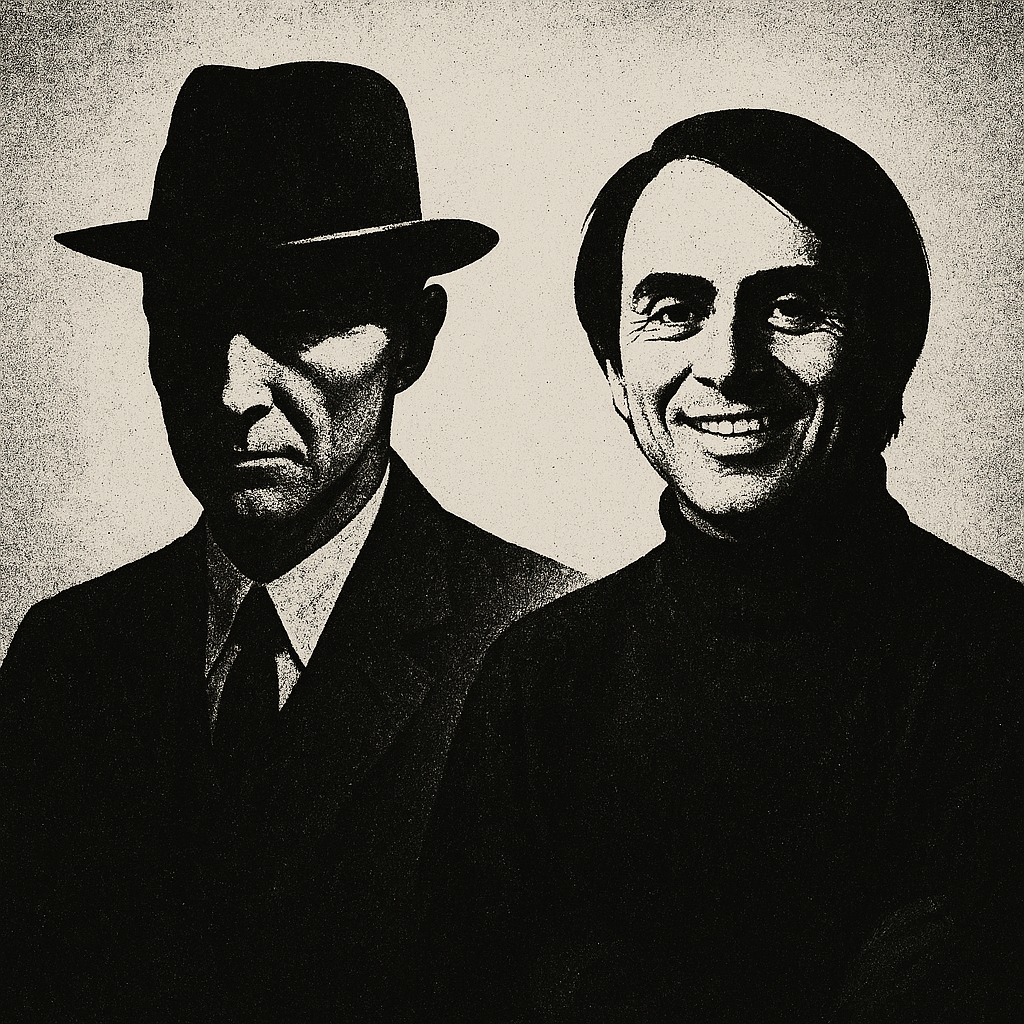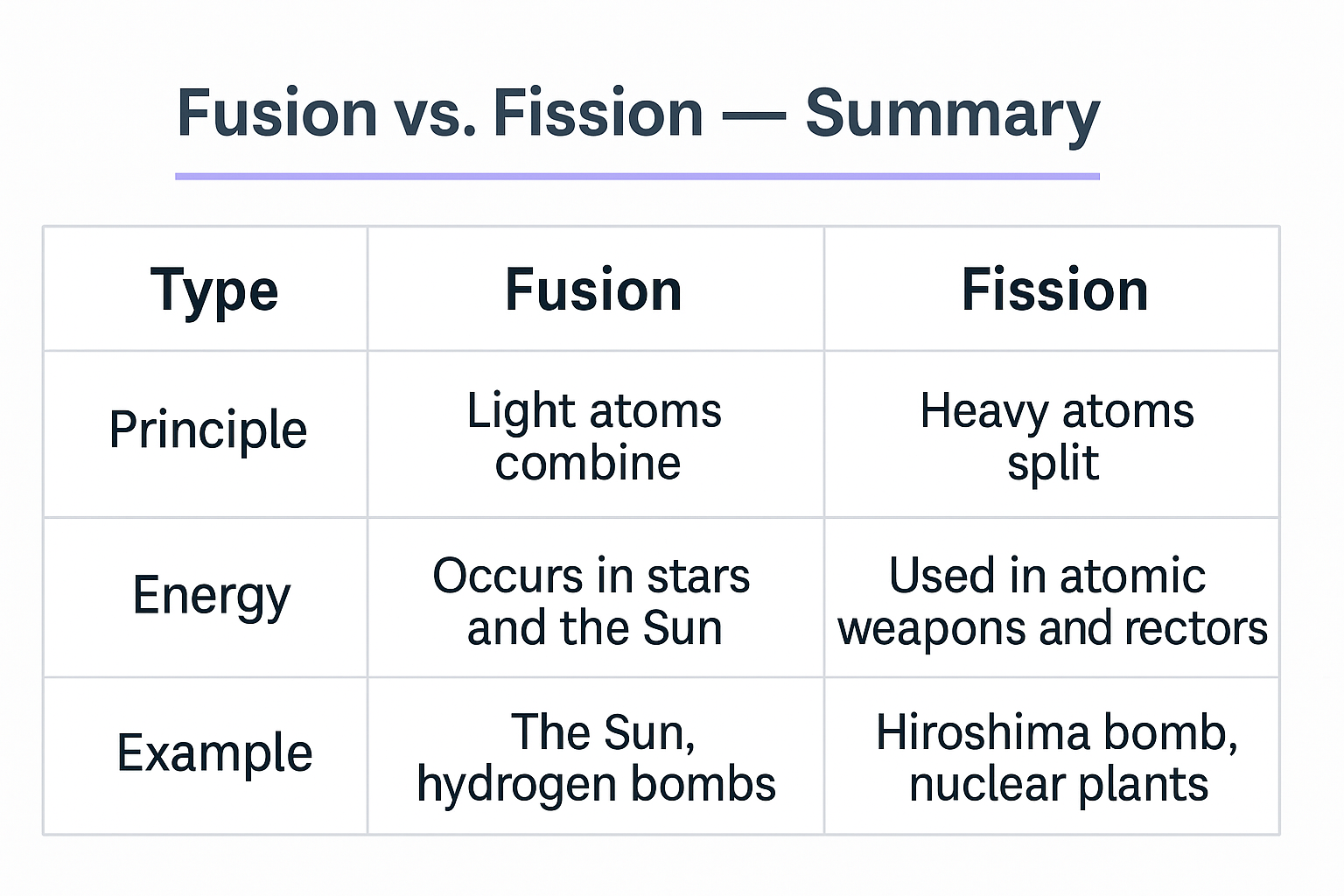밤하늘을 올려다보다 보면 이런 생각이 들기도 해요.
저 별들이 정말 언젠가 터질 수 있을까?
그런데 놀랍게도, 인간은 이미 그 별의 폭발을 지상에서 따라 했습니다.
🔥 핵폭탄의 원리, 별의 에너지를 모방했다
**오펜하이머(Oppenheimer)**는 핵폭탄을 만든 과학자예요.
그가 만든 핵무기의 원리는 두 가지 과학 개념에서 출발해요.
• 핵융합(nuclear fusion): 가벼운 원자들이 합쳐져 에너지를 만드는 과정
• 핵분열(nuclear fission): 무거운 원자가 쪼개질 때 발생하는 에너지
이 두 작용은 태양과 별의 내부에서 일어나는 원리와 매우 닮아 있어요.
특히 큰 별이 수명을 다할 때 내부에서 무너지고,
엄청난 폭발인 **초신성(supernova)**으로 사라지게 되죠.
결국, 핵폭탄의 원리는 천문학에서 연구하는 초신성의 원리와 비슷해요.
인간은 우주의 힘을 이해하려다, 그것을 지상에서 재현해버린 것이죠.


🌌 로스앨러모스 의미: 별을 보던 땅에서 폭탄이 탄생하다
오펜하이머와 과학자들은 미국 뉴멕시코의 **로스앨러모스(Los Alamos)**에서 핵무기를 개발했어요.
그런데 이곳은 원래 별을 관찰하기 좋은 천문 관측지로 유명했어요.
• 맑은 하늘, 낮은 대기 간섭
• 다수의 천문대와 우주 관측소 존재
즉, 별을 바라보던 장소에서, 별을 닮은 무기가 태어난 것이에요.
이것은 과학이 빛과 그림자, 두 얼굴을 모두 가질 수 있다는 걸 보여줍니다.
⚖️ 과학자의 윤리, 천문학자의 경고
핵폭탄을 만든 후, 오펜하이머는 깊은 죄책감을 느끼며 다음과 같은 말을 남겼어요.
“나는 이제 죽음이요, 세계의 파괴자가 되었다.”
비슷한 시기, 천문학자 **칼 세이건(Carl Sagan)**도 우려를 표했어요.
“우주는 우리가 무기를 만들 수 있게 해줬지만,
그것을 쓸지 말지는 인간의 몫이다.”
과학은 중립적이지만,
그 결과는 절대 중립적이지 않다는 메시지입니다.
💭 오펜하이머가 남긴 질문
별은 태어나고, 빛나고, 죽습니다.
우주에서 벌어지는 이 모든 과정은 자연의 순환이에요.
하지만 인간이 만든 핵무기는
순환이 아닌 영구적 파괴를 남깁니다.
그래서 오펜하이머는 질문을 남깁니다.
“우주는 우리에게 힘을 줬다.
이제 우리는 그 힘을 어떻게 쓸 것인가?”


🌠 Oppenheimer and Supernovae: How the Atomic Bomb Mirrors the Stars
When we look up at the night sky, we often wonder:
Can stars really explode?
Surprisingly, humans have already recreated such explosions—right here on Earth.
🔥 The Principle of the Atomic Bomb Mimics Stellar Energy
J. Robert Oppenheimer, the father of the atomic bomb, developed a weapon based on two fundamental scientific processes:
• Nuclear fusion: light atoms merge to release energy — this is how the Sun shines.
• Nuclear fission: heavy atoms split apart, releasing powerful bursts of energy.
Both mechanisms resemble what happens inside stars.
When massive stars reach the end of their life, their cores collapse, leading to a colossal explosion known as a supernova.
In essence, the atomic bomb is a miniature recreation of an actual stellar explosion.
Science, in seeking to understand the stars, ended up mimicking their destructive power.

🌌 Los Alamos: A Stargazer’s Land Turned Explosive
Oppenheimer and his team developed the atomic bomb at Los Alamos, New Mexico—a region famously known for astronomical observation.
• Clear skies and minimal atmospheric interference
• Multiple observatories and space research centers nearby
Ironically, the same region where scientists used to observe stars
became the birthplace of a weapon designed to mirror their energy.
This highlights how science can carry both light and shadow.
⚖️ The Ethics of Scientists and the Warnings of Astronomers
After developing the bomb, Oppenheimer expressed deep regret.
He famously said:
“Now I am become Death, the destroyer of worlds.”
Around the same time, astronomer Carl Sagan also issued a warning:
“The universe allowed us to build weapons.
But whether we use them—that’s entirely up to us.”
Science is neutral.
Its outcomes are not.
💭 The Question Oppenheimer Leaves Behind
Stars are born, they shine, and they die.
This is the natural cycle of the cosmos.
But the atomic bomb, created by humans,
leaves behind not cycles—but permanent scars.
So we are left with a question:
“The universe gave us power.
Now, how will we use it?”
📌 관련 키워드
#핵폭탄 원리, #오펜하이머 영화, #초신성 뜻,
#핵융합과 핵분열 차이,
#로스앨러모스 의미, #과학자 윤리, #칼 세이건 명언,
#천문학과 무기 개발, #태양 에너지 구조, #인공 초신성